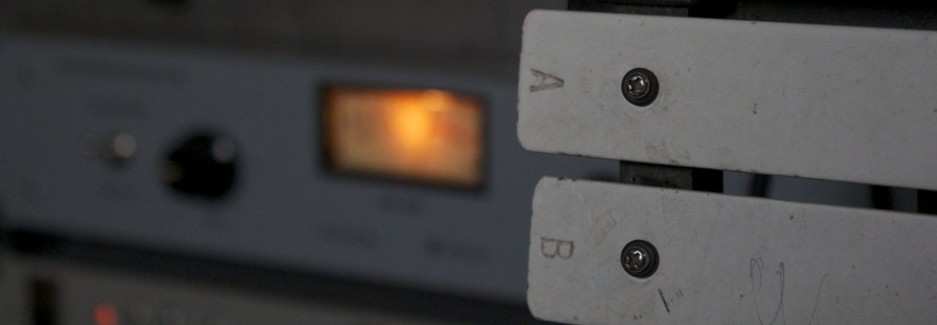With the present post it is my intention to highlight and discuss what I find around as potential source of confusion: articles, videos, interviews, manuals and all words that do not help audio engineers with understanding phase of audio signals. As attempted in previous posts, I will try my best to provide you with right, definitive words that possibly guide you to the most perfect, i.e. most useful, comprehension of the matter.
A few days ago I bumped into this article. Engineer Alan Branch tells us about his work and his techniques. When speaking of electric guitars and amps, he reports his use of a Shure SM57 in combination with a Neumann U67: “Depending on your room, mic distances will vary. But start with a few feet and listen. Bear in mind any distance between the mics can cause phase problems by cancellation of certain frequencies. It’s easy to hear the tone change with these. If it is missing bass end or brightness, move the mics or check your mic balance.”
Here my considerations:
1) any distance between microphones does cause phase problems, always: the arithmetical sum of the signals gives negative result i.e. cancellation of some frequencies. Not only that.
2) any distance causes phase benefits as well, always: the arithmetical sum of the signals gives positive result i.e. augmentation of some frequencies. Not only that.
3) with an electromagnetic microphone and a condenser, even no distance causes phase problems (read here if you haven’t already).
4) Let’s not call them problems.
5) Let’s call them alterations of the combined frequency response or, more appropriately:
COMB FILTERING effects.
To sum it all up: any distance, even no distance, depending on the transduction topology of the mics, causes the alteration of the combined frequency response. This alteration can be bad or can rather be good.
And then let’s not just listen to this alteration: we are audio engineers, let’s measure it,
Try this: send a 80 Hz tone to the guitar amp and stick a SM57 and a coincident condenser (lucky you if you have a U67 available) in front of that. Provided preamp gains are OK, check phase with a phase correlation tool, better an oscilloscope or best by simply recording the two tracks and checking with your own eyes on the zoomed-in timeline. What do you see? How many samples are they apart, if they are? Is it true that simply by flipping the phase on the condenser the situation improves? Now change frequency, say 100 Hz and check again. Try 125 Hz, 150 Hz, 180 Hz, 200 Hz, 250 Hz and take notes of the changing situation. Now redo the same for each varied distance of the condenser from the amp (and the SM57 of course).
At the end of this lenghty work you will have very useful data about the combination of an SM57 and a condenser used to mic a guitar amp. You will find out that a perfect combination at 80 Hz corresponds to a very bad one at around 240 Hz. And most of all: how does it sound? You will find out a lot more, and possibly your preferred tuning distance.
What about a perfect combination @ 200 Hz (corresponding to a 180° phase inversion @ 600 Hz)? Again: how does it sound? What is a nice balance between the two mics? Better with a prominent 57 and a touch of condenser or other way around?
